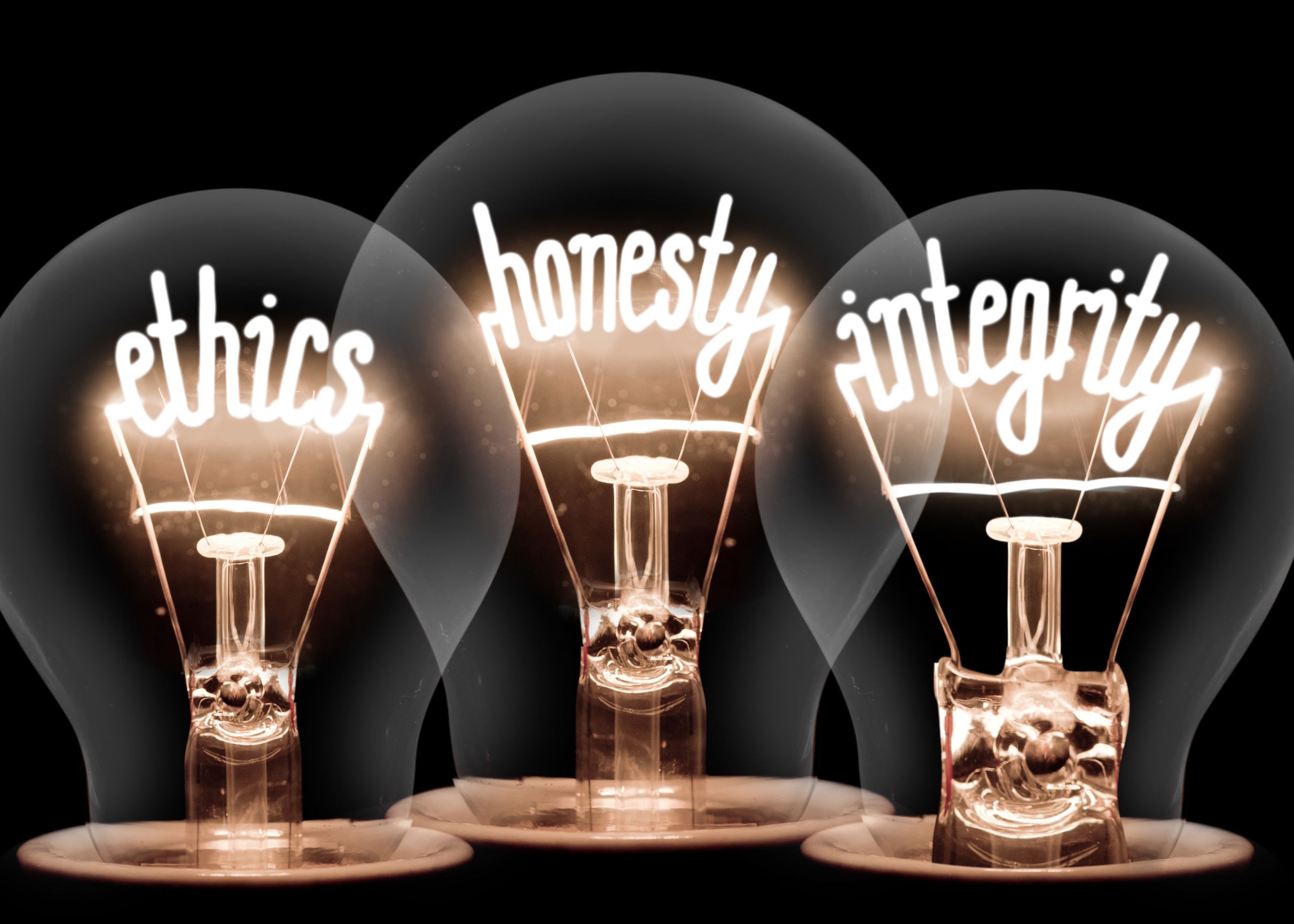How to measure your organizational authenticity
Everyone wants to be perceived as true to their core values and mission—but are your efforts actually successful? Here’s how to measure your outputs.

In a world full of skeptics, fake news and troll farms, the only messages that are getting through are ones that are either infuriating, shocking, hilarious or authentic. And for brands, authentic is a lot easier and less stressful than the other options.
As a result, more and more communicators are looking for ways to measure authenticity, because they know that in order to be successful these days it isn’t enough to be loud, or cheap, or available, or good at customer service. In today’s competitive environment consumers aren’t just looking for value, they’re closely looking at your values—and examining what you do about them, not just what you talk about. So, one of the best ways a company can differentiate itself from the competition is by demonstrating that it is adhering to those values and its core purpose in everything it does.
Which is why, of late, all of my clients include “authentic” as a criterion in their quality scores when looking at their content. This requirement for authenticity has led a number of academics, vendors and suppliers to create various indexes and tools to rate an organization “authenticity.”
As it turns out, studying and measuring authenticity is nothing new; in the early 2000s academics were beginning to develop authenticity scales to determine how “real” an individual was (as opposed, I assume, to being a psychopath or a con artist.)
More recently Yonder, a social intelligence platform introduced an authenticity index that promises to tell you whether your followers are spammy or real based on the distribution of posts among users. Escalent, a market research firm, used a panel research approach to diagnose authenticity based on the characteristics of: “thoughtful, transparent, reliable, committed and socially aware.”
The problem with invented indexes like these is that they may or may not be appropriate to your market, your audiences, your industry or your particular brand.
Whenever I am asked for metrics around authenticity, the conversation inevitable begins: “How do I know if what I’m putting out there sounds authentic?” And my answer is always, “To whom?”
Authenticity is a perception held by the person who is listening to your message and watching what you do. And those perceptions will vary depending on who is listening and the environment in which they are being heard. A consumer hearing from a company that it is fighting climate change by changing its manufacturing and purchasing policies will have very different perceptions of that statement than an investor looking at the balance sheet. So, by necessity, any authenticity metrics are specific to the client.
You need an authenticity sniff test
Authenticity is perceived, so in order to measure it, you need to ask yourself and your stakeholders what they think. While I’m not suggesting you test every piece of content against every stakeholder, your process does need to start with some data.
Start with your team. Before you hit that “Send” button on any content, ask your team to do what I call the “authenticity sniff test.”
More formally, ask them whether they agree or disagree (use a 5-point Likert Scale) with the following statements about whatever campaign, statement or piece of content you are about to release:
- This is consistent with and accurately expresses our mission, vision, and values.
- This reflects something that we do or stand for and reflects who we really are as an organization and a brand.
- This accurately portrays our strengths and/or weaknesses.
- It is important to communicate this message, even if others criticize us for saying it.
- This content hides or disguises our limitations and shortcomings.
- This content portrays our brand/organization as something other than what it really is.
- This content portrays something we did in a more positive way than the reality.
Do this for several pieces of content or releases. Then use an average of these scores to compare the results. The ones with the highest authenticity scores can now be tested with a random sample of your external stakeholders. Send or show them one or two of the best pieces of content and then, after they’ve consumed it, ask them if they agree or disagree with the following statements.
- This content is open and honest.
- This organization seems willing and able to back up our words with action.
- This is consistent with the organizations mission, vision, and values.
- This accurately portrays the strengths and/or weaknesses of the brand/organization/product.
- I am surprised or shocked by this content.
- I am more likely to do business with this organization because they seem authentic.
At this point you should have a pretty good idea of what is or is not authentic in your marketplace. The next step of course, is to tag your content and see if it is authentic enough to produce the intended results—i.e., traffic to your website, goal conversions or other expressions of support.
Katie Delahaye Paine is the CEO of Paine Publishing LLC and publisher of The Measurement Advisor. Find her on Twitter @queenofmetrics.







